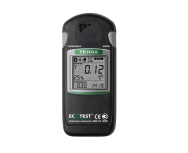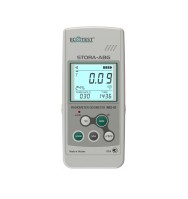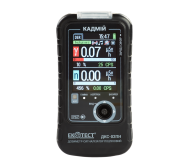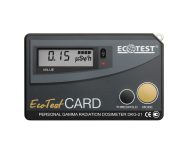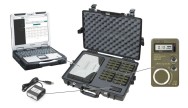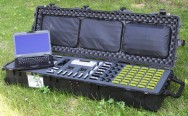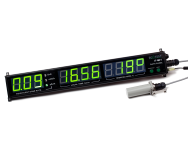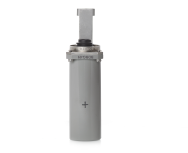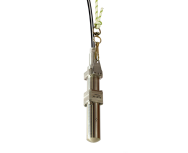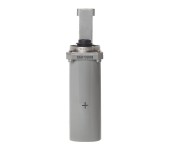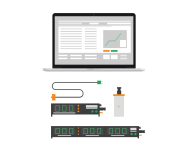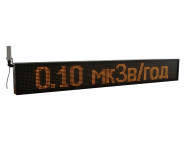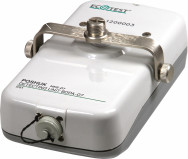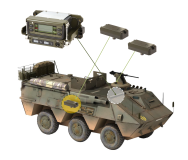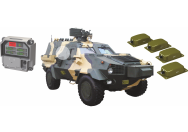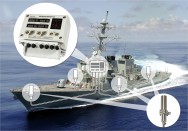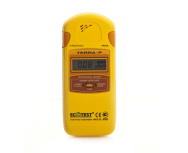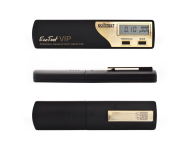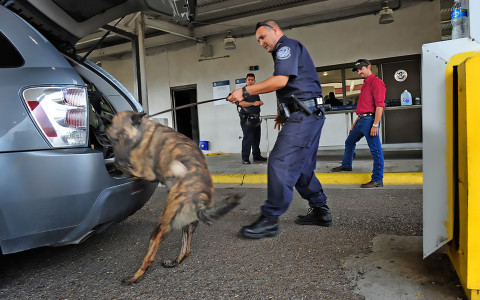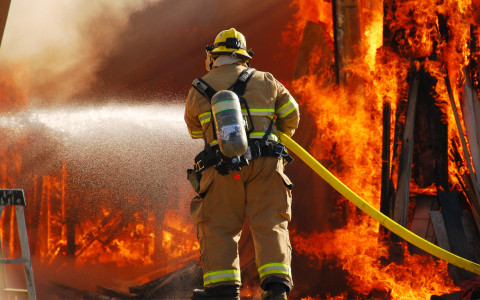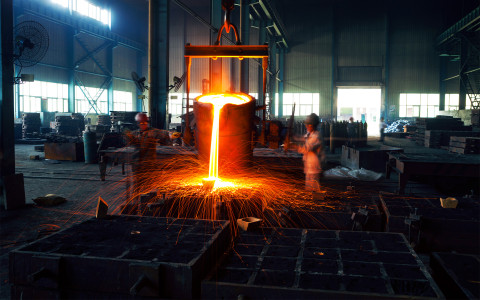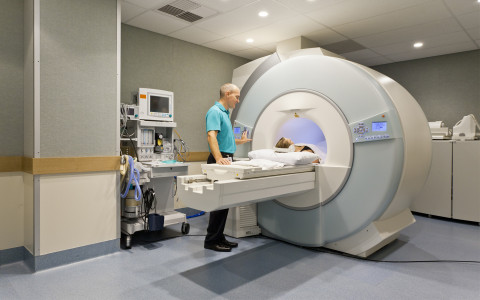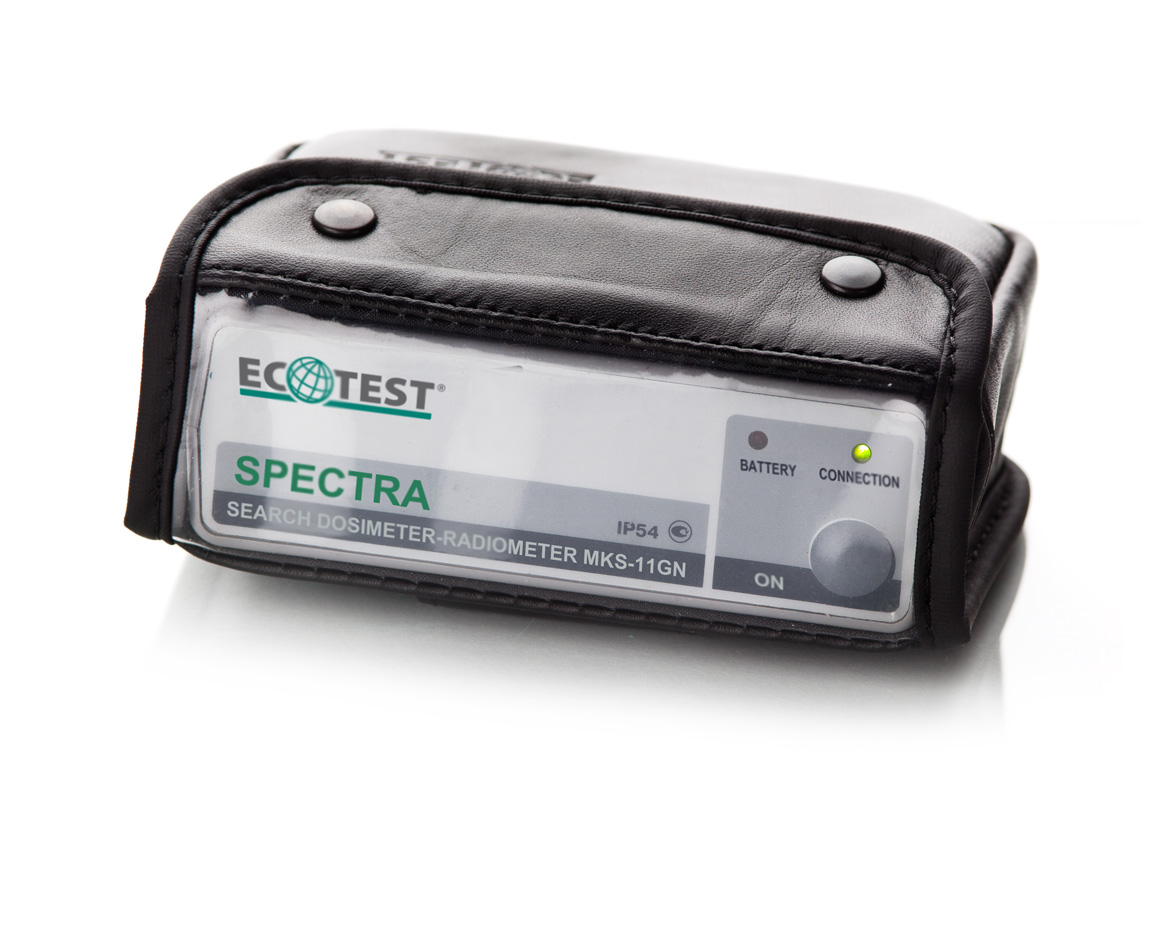Features
The monitor is a stationary device consisting of stand-alone units:
– PR radiation panels with BDPS gamma-radiation detecting units;
– POI controllers;
– KBH object presence sensors;
– PR radiation panels with BDPN neutron detecting units;
– BIC alarm unit;
– BNN power supply unit;
– PPC Industrial Panel PC.
Radiation panels for gamma-radiation detection are delivered with one of two BDPS detecting units depending on the delivery option. Each detecting unit includes an organic scintillation detector with sensitive volume of 7000 cm3 or 12 500 cm3. In order to reduce the influence of natural background radiation, there are lead shields installed on each side of the stands except the front side.
Radiation panels for neutron radiation detection consist of two 3He proportional counters with the volume of 800 cm3, which are placed in a plastic moderator.
Up to 4 radiation portal monitors can be simultaneously connected to the industrial panel PC. Each portal can contain from 2 to 8 radiation panels. The panel PC has the following standard ports and interfaces to connect peripheral equipment:
– two RS-232 serial ports;
– PS/2 parallel port;
– USB port;
– Mic-in/Line-out port;
– Ethernet 10/100 Base-T.
Panel PC is powered by an AC mains with the voltage of 135 … 242 V or by 24 V BNN power supply unit. In the case of mains power outage, the monitor automatically transfers to BNN power supply unit and can operate for not less than 8 hours. The battery of BNN power supply unit is recharged automatically when the mains supply is available. In the case of mains supply failure (supply voltage upper threshold crossing), the protection mechanism of the BNN unit is automatically actuated. The power supply unit can be restarted by briefly pressing the “Relay reset” button only after the cause of the accident is eliminated.
The BIC alarm unit is intended for light and sound alarm in the case of the monitor response. It is usually mounted to upper radiation panel of one of measuring frames. The sound-pressure level of the alarm is not less than 80 dB at 1 m.
The KBH object presence sensors are designed for detection of the object’s presence in the controlled area. The sensor responds when the object crosses the infrared beam. The sensors are located in pairs (receiver-transmitter) in the opposite radiation panels of the measuring frames.
“Patriot” digital video monitoring system can be included to delivery kit upon the customer’s request.

